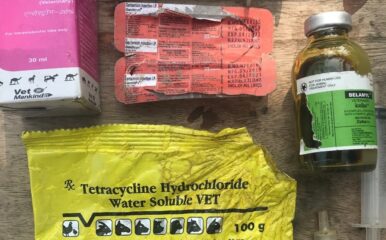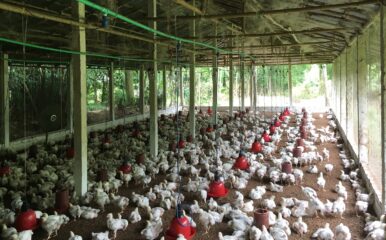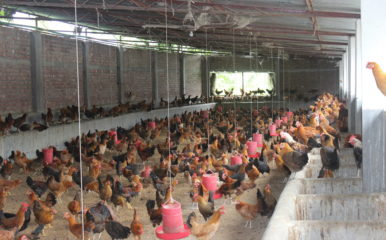
Balancing risk for better livelihoods
Published on 18/08/2022
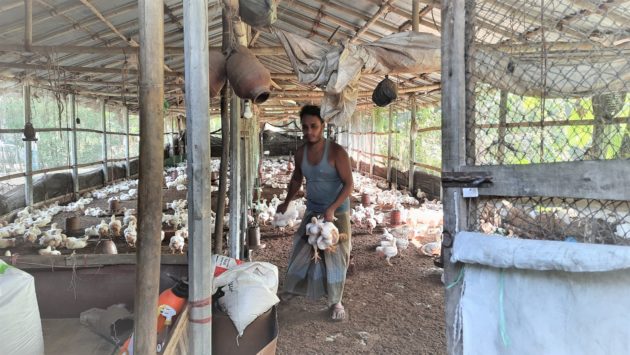
 This blog focuses on the ZOODLE word ‘LIVING’.
This blog focuses on the ZOODLE word ‘LIVING’.
Millions of people rely on animals to make their living. Across the world, an estimated 1.3 billion people earn livelihoods from activities related to animals. Some of these people are farmers, of different sizes and species of animals, and some – such as animal traders, slaughterhouse workers and meat vendors – work along the livestock supply chains.
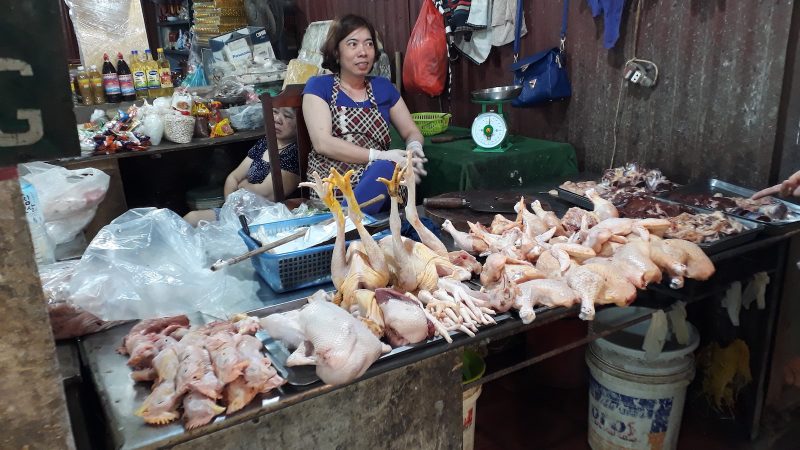
Zoonotic diseases, and other animal diseases in general, affect their livelihoods in many different ways.
The first, perhaps most obvious, link is that animal diseases make animals sick and therefore farmers need to treat the illness with medicines and consult veterinarians. This can be costly, especially in places where qualified veterinarians are not easily available. Farmers in rural areas may be hours away from the next veterinary clinic and veterinarians often need to care for many animals in a wide geographical area.
When animals are sick, they take longer to gain weight. This means that farmers are not able to sell the animals quickly and must feed them for longer. In traditional farming systems, where farmers use easily available feed such as leftover grains from human consumption, there may not be a huge cost implication. However, many farmers, even small-scale family farms, are trying to optimise animal production and therefore use expensive commercial feed. In these cases, farmers can spend more money to feed their sick animals and their income falls as a result.
Occupational risk
Zoonoses – by very definition – can make people sick as well, and people in certain jobs are more affected by them than others. For example, people working in slaughterhouses, especially when the hygienic conditions are poor, are at a higher risk of catching zoonotic diseases from their everyday contacts with animals. As slaughtering is often regarded negatively in many societies – for example, in Buddhist cultures, killing is a sin and must be avoided at all cost – people from marginalised backgrounds tend to be affected by the occupational risk of zoonoses more than others.
When people fall ill, they are not able to go to work and therefore lose income. This may trap them in a vicious cycle of poverty, illness and socially undesirable jobs.
Disease dynamics
As much as zoonoses affect livelihoods, the dynamics of zoonoses and animal diseases are affected by the way in which people earn their living. Small-scale farms, slaughter facilities and meat retailers in low- and middle-income countries (LMICs) are often associated with limited hygiene. Veterinary scientists widely believe that diseases can manifest and spread in these premises with much greater ease than in the controlled environments common in large-scale farms, slaughterhouses and modern retailers (e.g., supermarkets).
At the same time, new zoonotic diseases are more likely to emerge from these intensified and controlled environments. Animals are confined in a small space and their genetics optimised to achieve maximum productivity and profitability by large (multinational) corporations – a perfect breeding ground for bacteria and viruses to mutate.
This all highlights the need for livestock systems across the world, including in industrialised countries, to strike the balance between improving the safety and hygiene of small-scale livestock supply chain actors and restricting further intensification of already-intensive animal farms.
Demand for meat
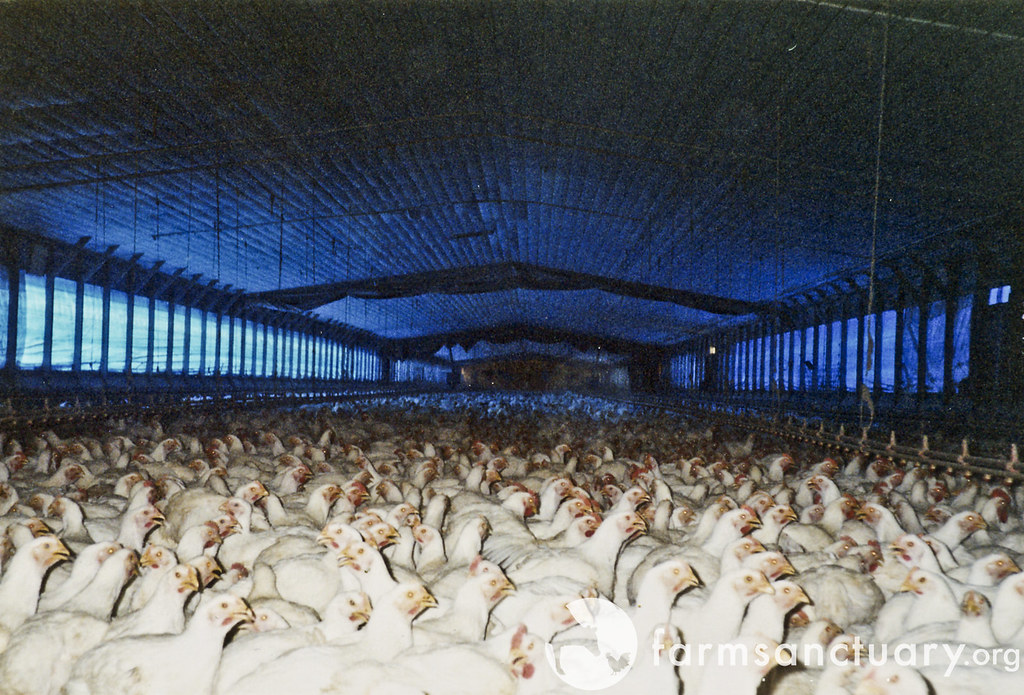
Over the last decade, livestock sector livelihoods have transformed to meet the increasing demand for cheaper, safer and greater quantities of animal protein across LMICs. Chickens and eggs in Asian countries, specifically, are an important source of animal protein because people from various religious and cultural backgrounds accept them as a part of their everyday meal. Even most vegetarians could eat eggs. These pressures have encouraged policymakers to support greater consolidation and intensification of livestock production, trade and retail.
However, marginalised people will continue to rely on animals to earn their living and they need to be equally, if not more, supported by government policies to improve their practices, increase the profitability of their businesses and contribute to a fairer, safer and more sustainable future for the livestock sector.
Our Hub contributes to understanding how this can be done, and what it would look like in very different sociocultural and political contexts across Asia.
For instance, my Hub research is seeking to understand how to improve slaughtering practices in Vietnam and reduce the risk of zoonoses and food poisoning. The Vietnamese government has invested in modernising slaughtering premises over the last decade. However, we have yet to see industrial slaughterhouses become the mainstream and small-scale individual slaughterers are major suppliers of chickens for Vietnamese people. We are investigating why this is the case, and what we can do to improve slaughtering practices together with national- and local-level policymakers.

